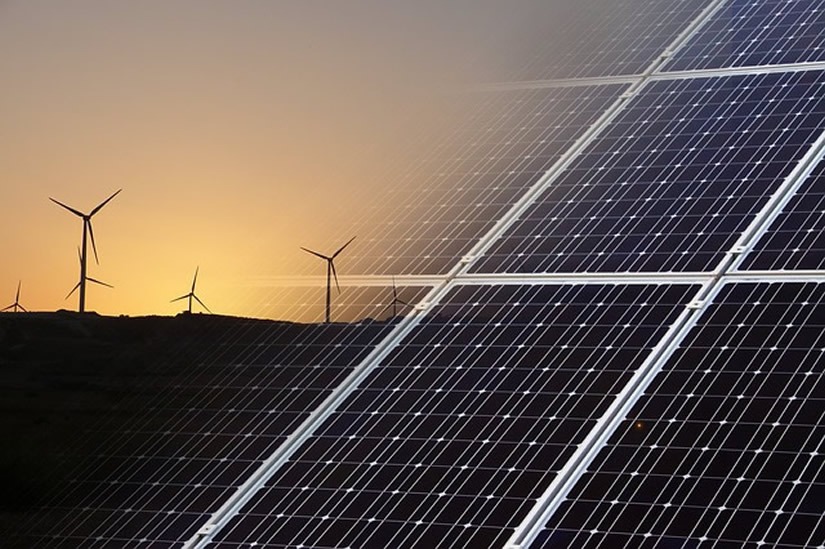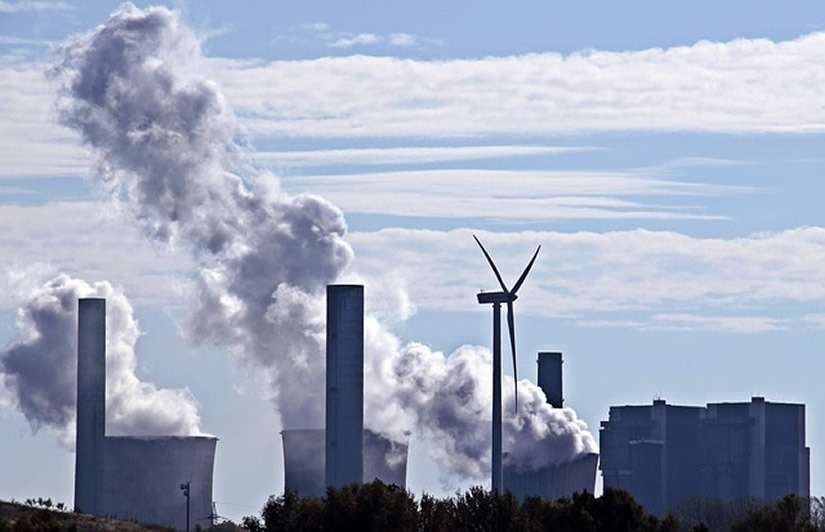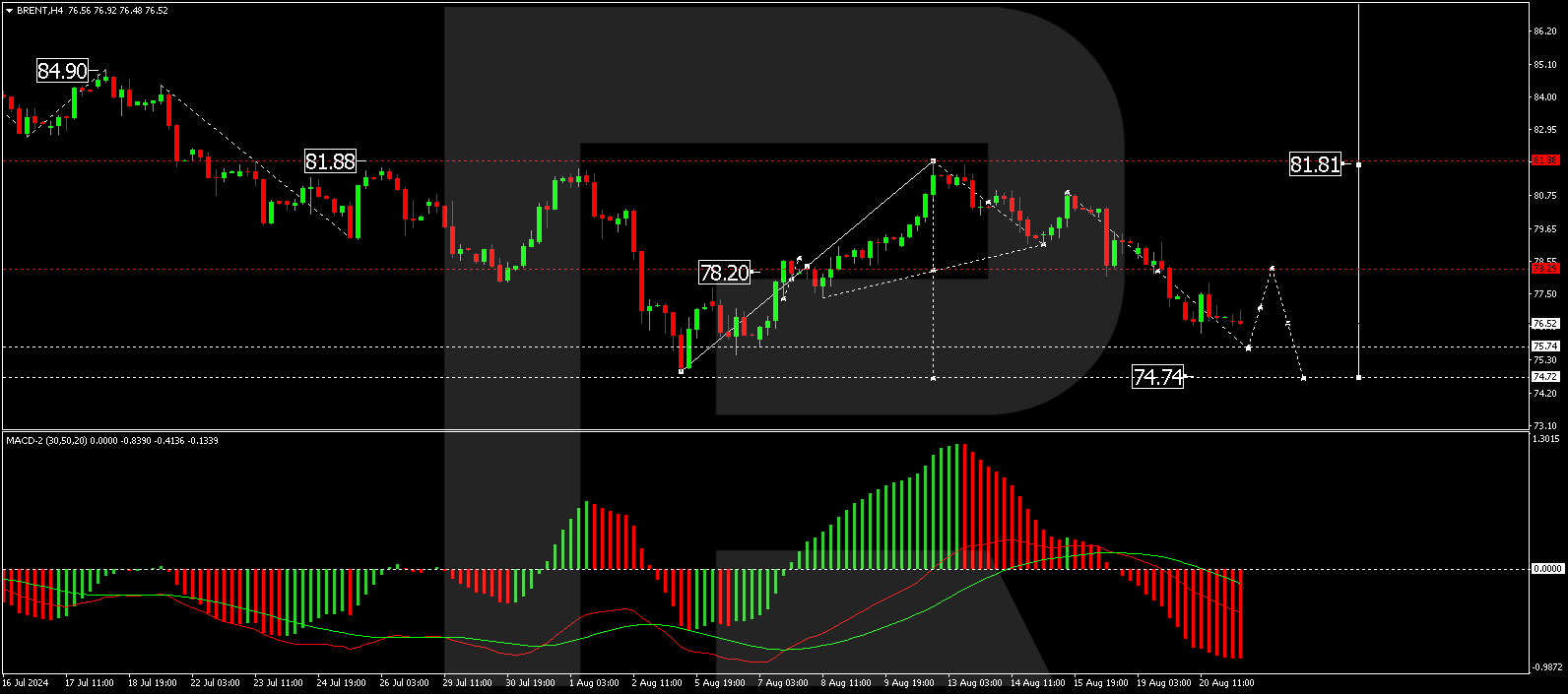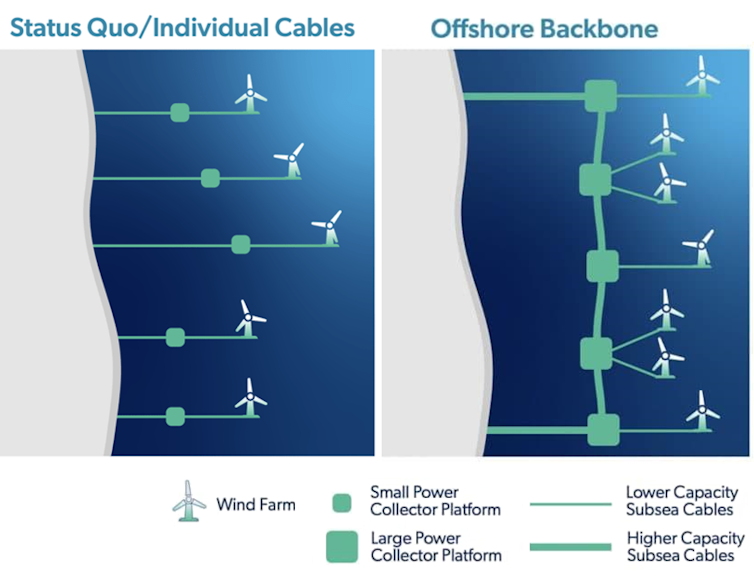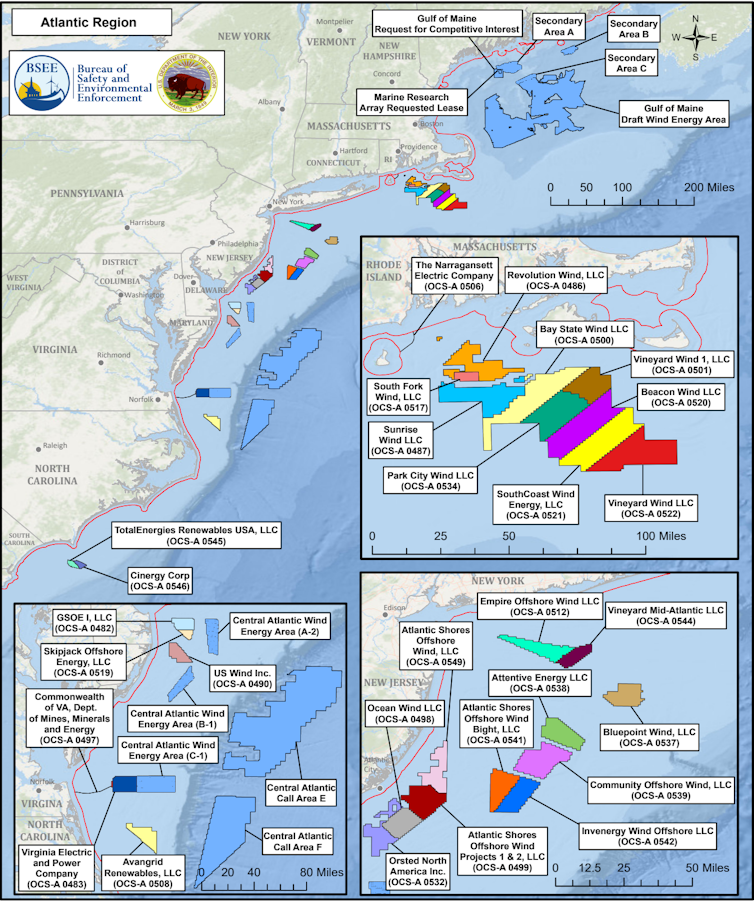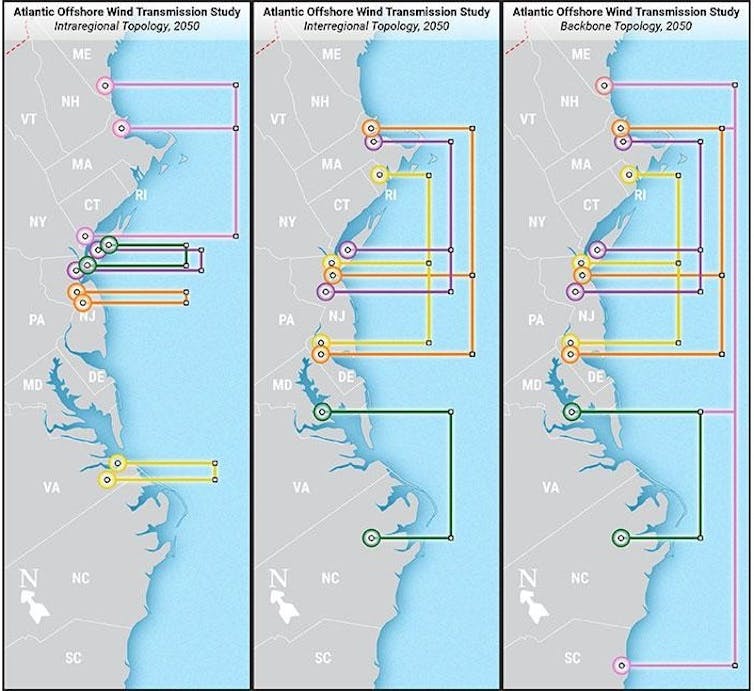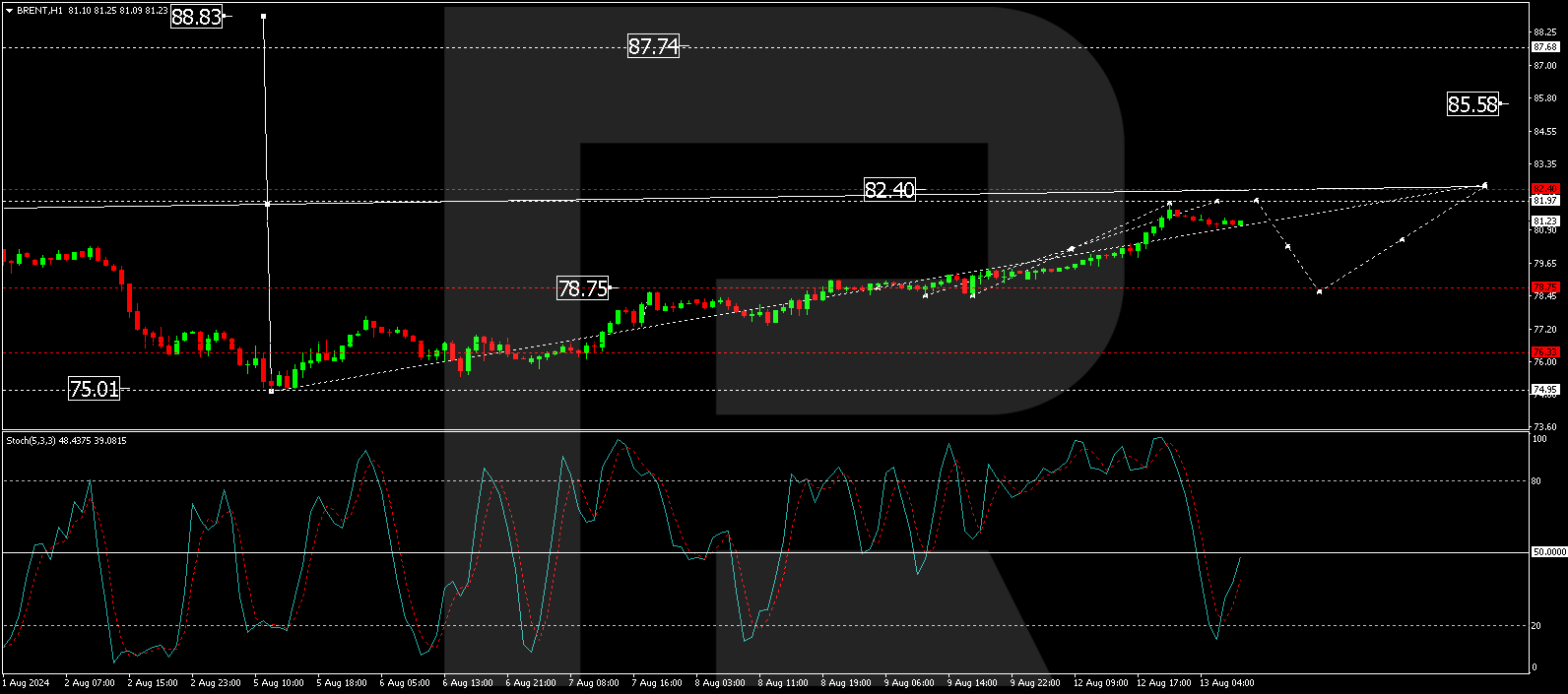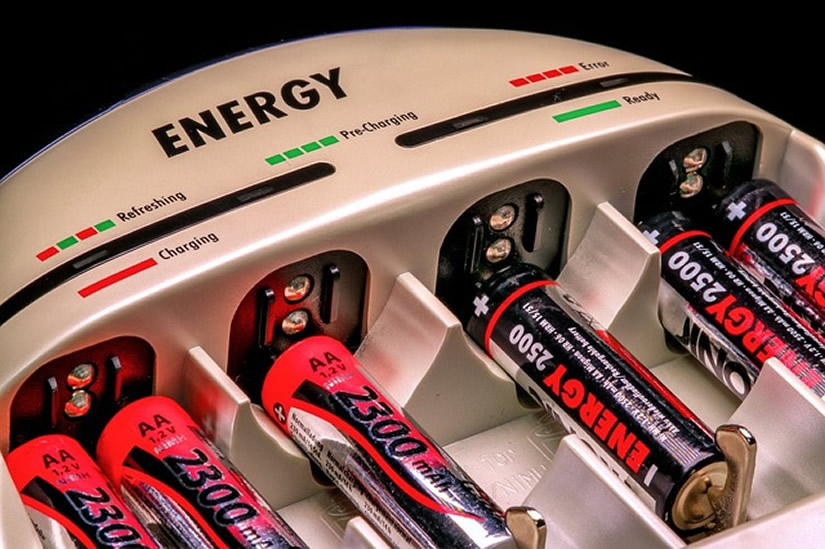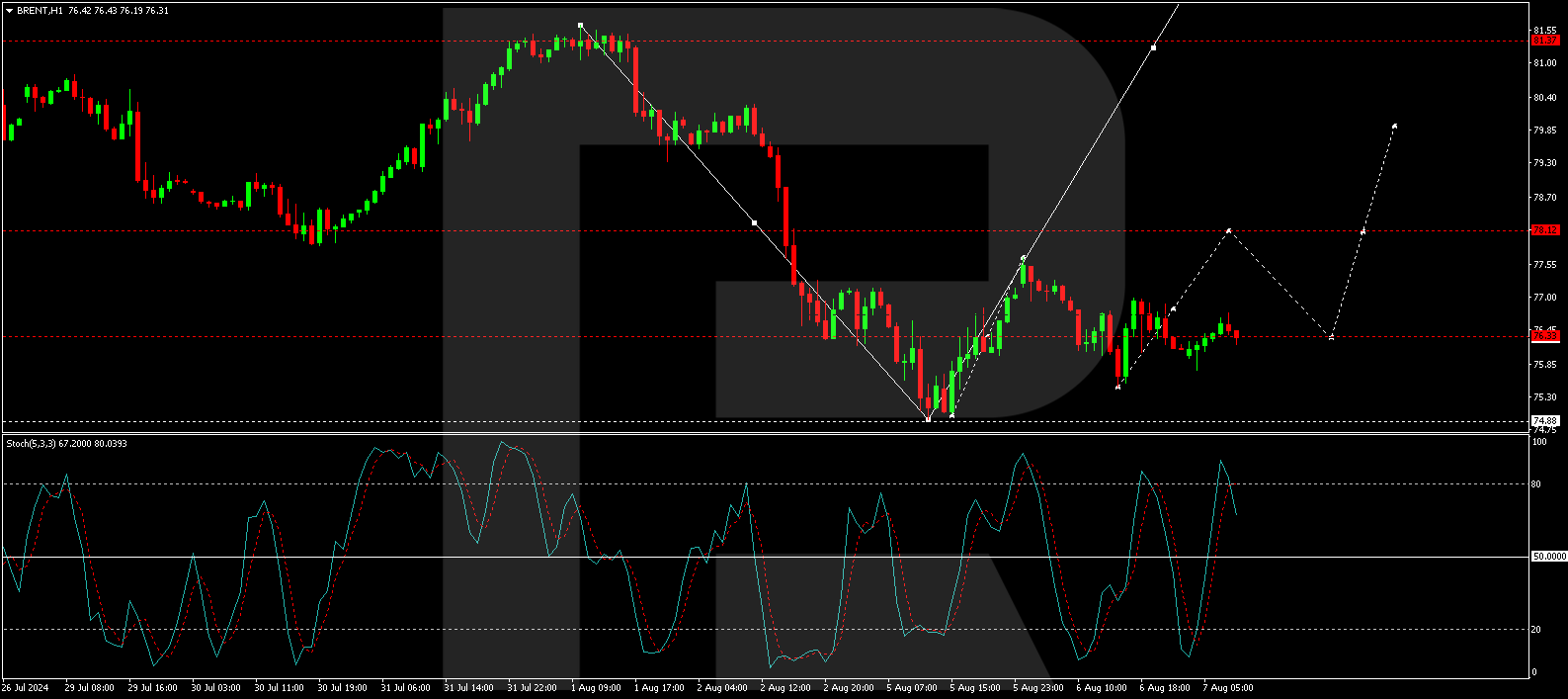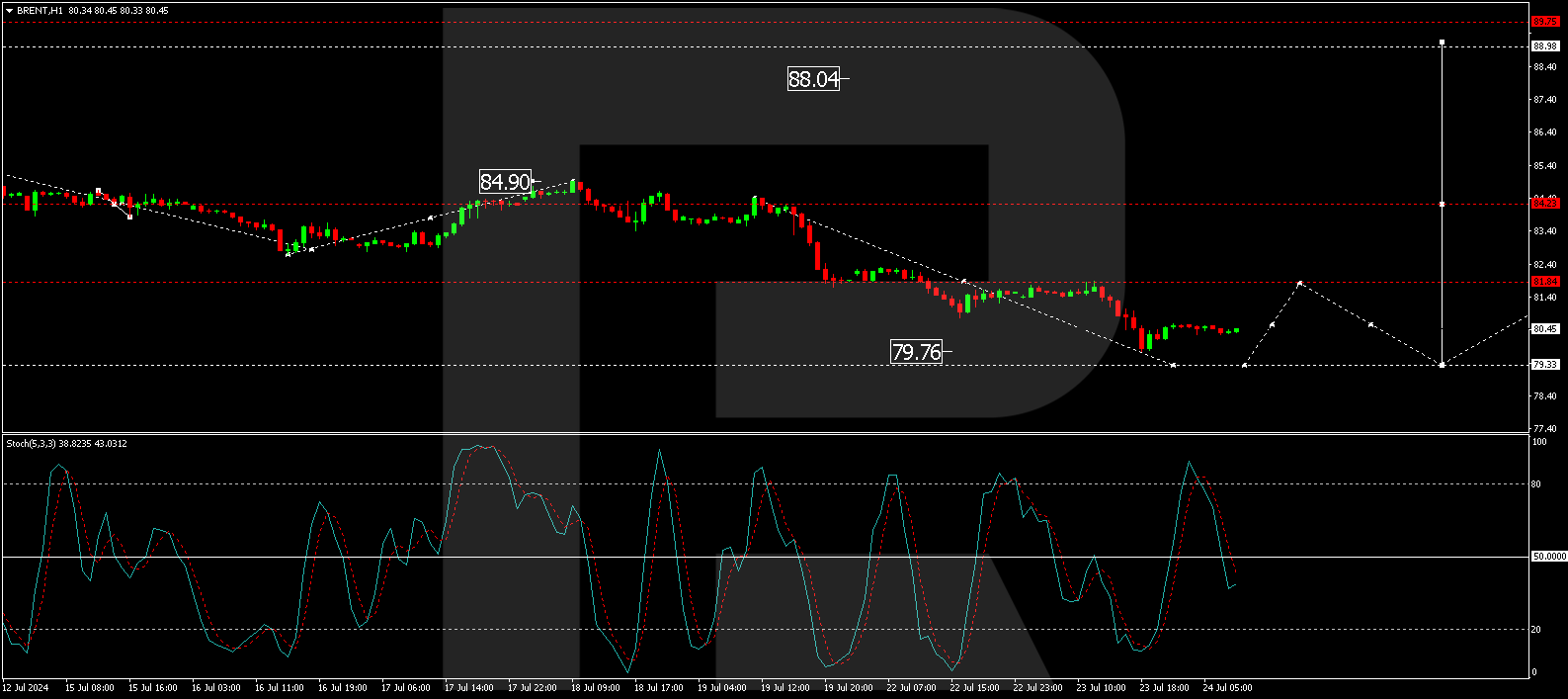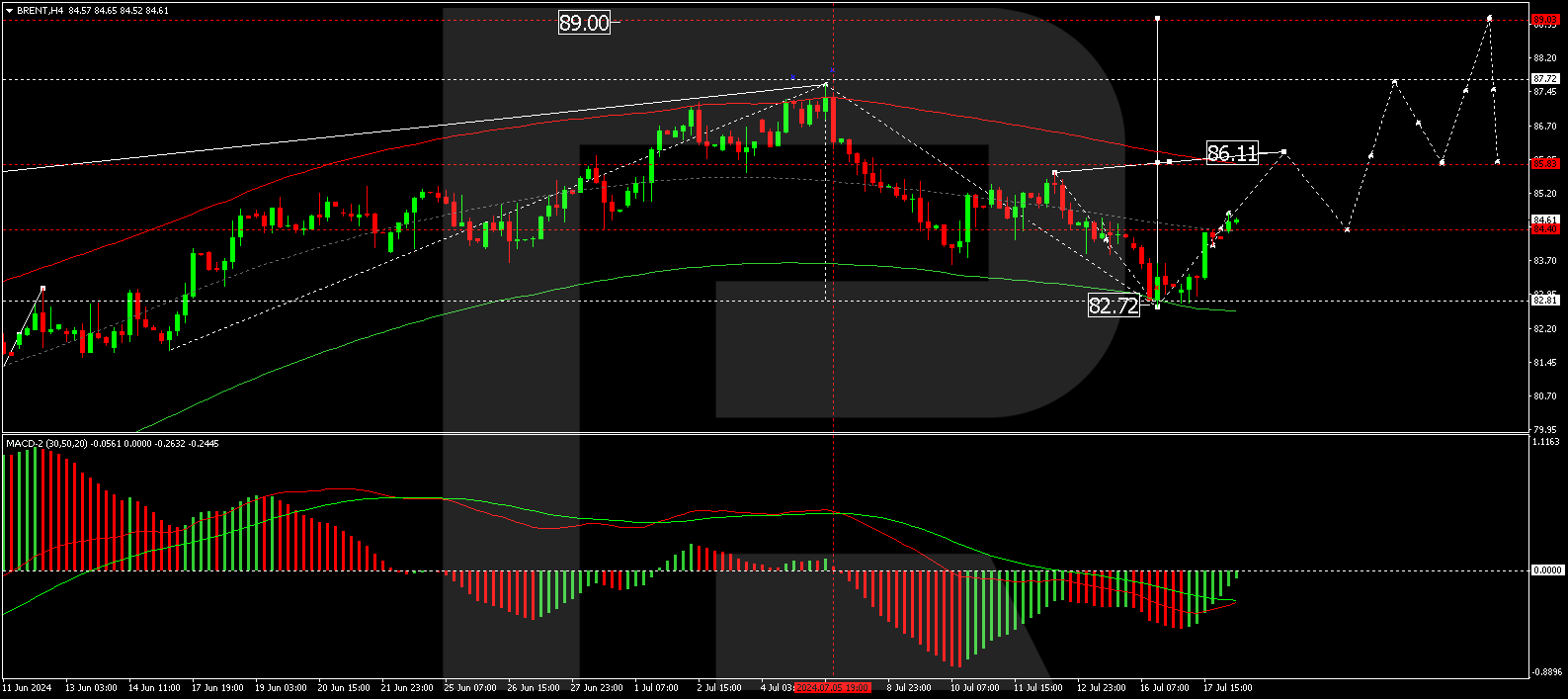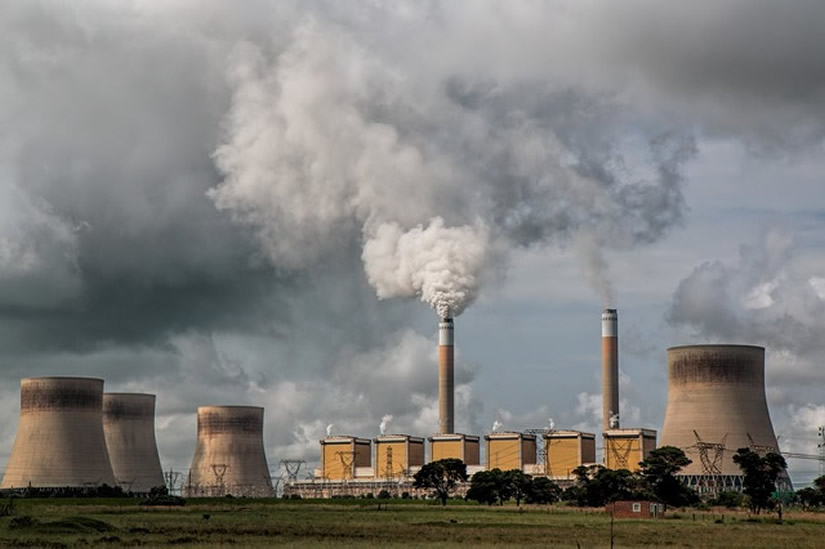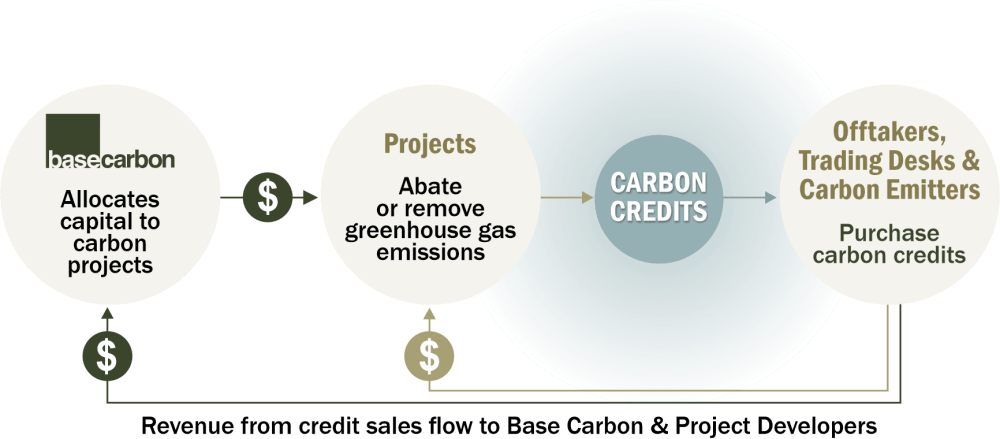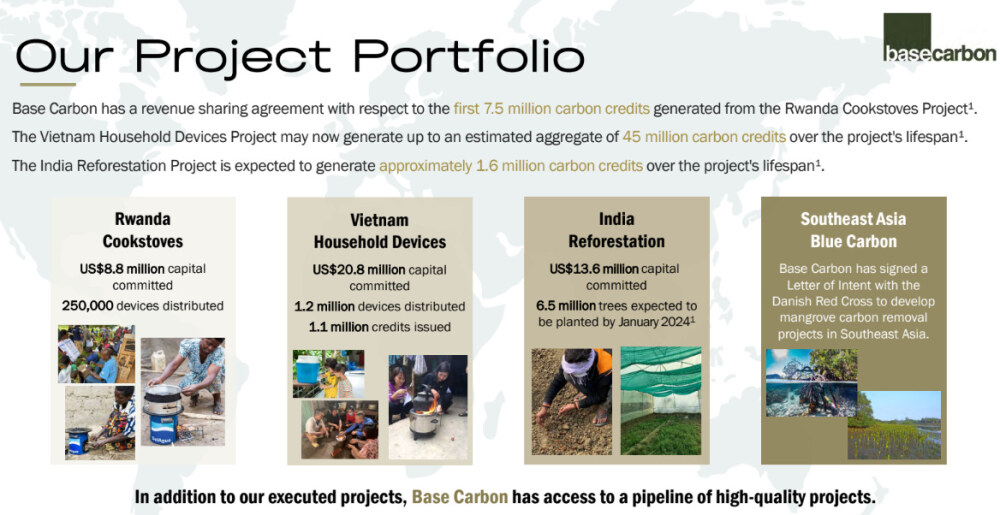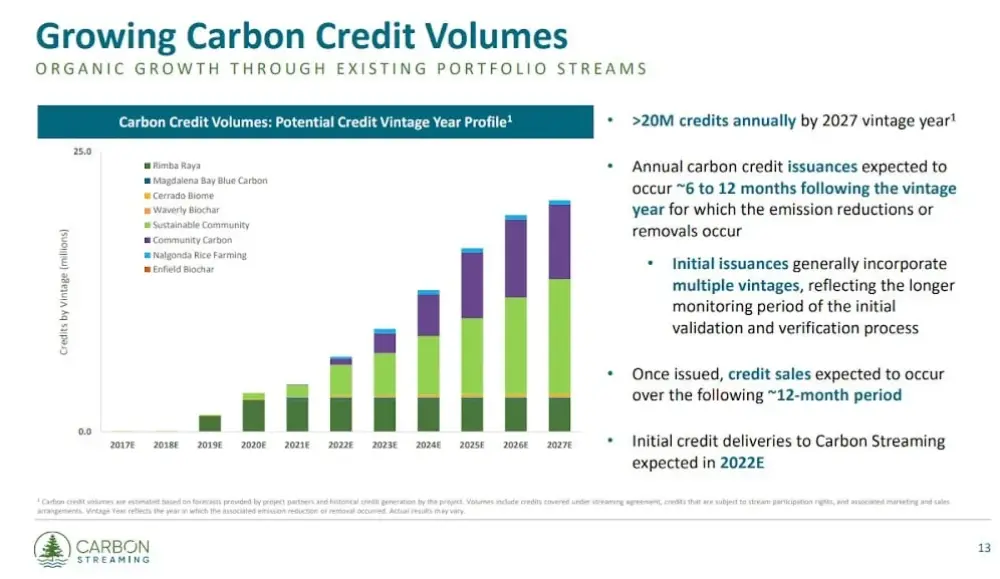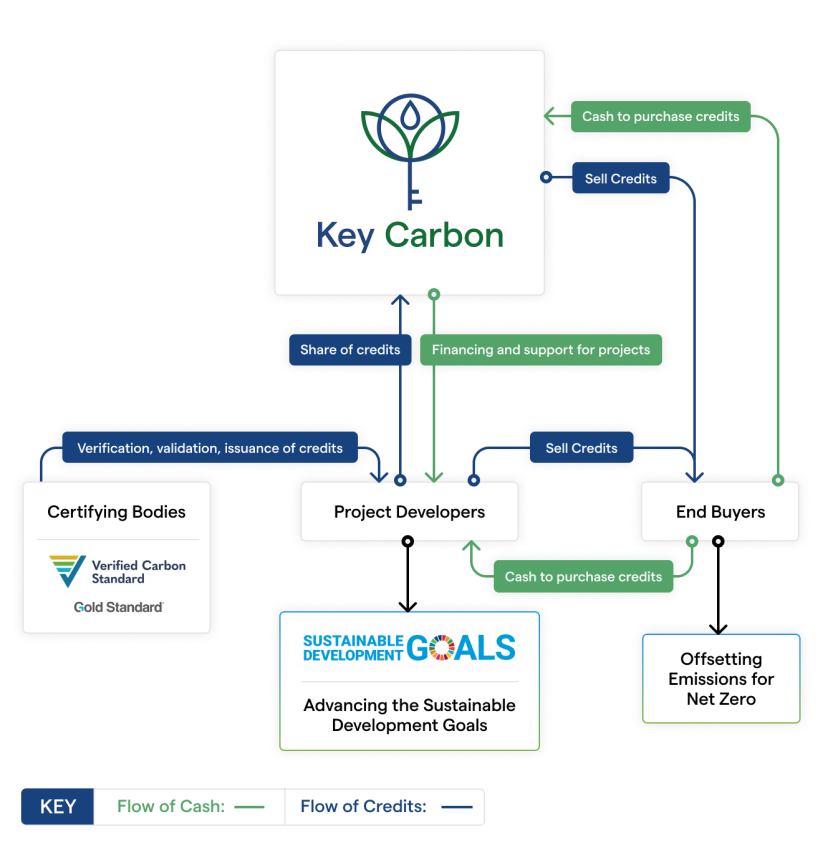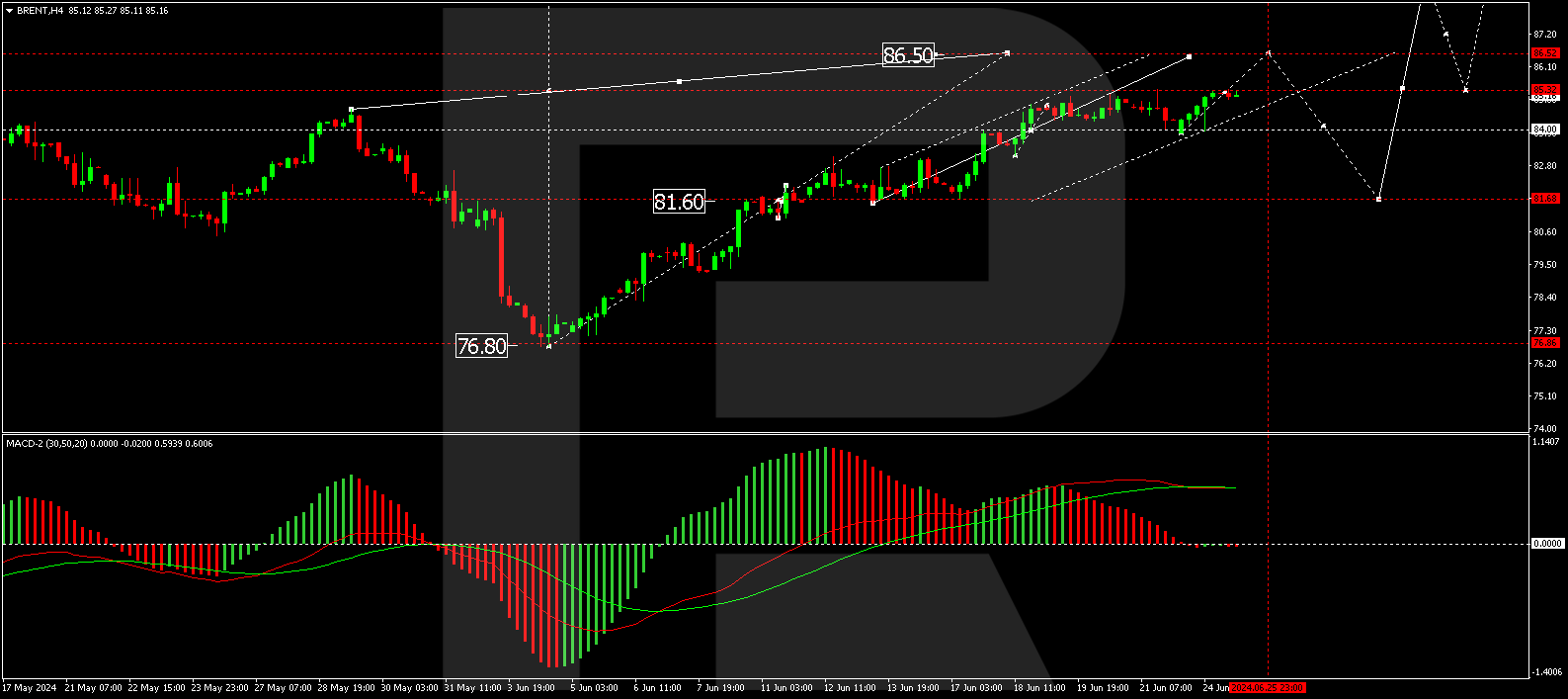Source: Streetwise Reports (7/9/24)
With Electric Vehicles (EVs) and a swarm of new products requiring more power, experts agree that a surge in demand is coming, and soon. Here are several companies that can get you exposure to this important and growing resource.
With Electric Vehicles (EVs) and a swarm of new products requiring more power, experts agree that a surge in demand is coming, and soon.
But the nation’s largest utility companies are warning the surge could be unlike anything seen since the widespread adoption of heat pumps and air conditioners pushed demand sky-high in the 20th Century, according to a June 30 piece by Spencer Kimball for CNBC.
This time the engine of growth will come from power-hungry artificial intelligence data centers, EVs, and the expansion of computer chip manufacturing, he wrote.
“In absolute terms, the growth in electricity demand from these two segments, EVs and data centers, is equivalent to the total electricity demand of a country such as Turkey, that the U.S. has to take on,” said Rystad Energy analyst Surya Hendry in a June release on the issue. “This growth is a race against time to expand power generation without overwhelming electricity systems to the point of stress. If you envision cleaner roads and sustainable AI for the future, renewable energy is the key to meeting this demand and providing the scalability needed for U.S. power systems to endure.”
The tech giants — Amazon, Alphabet’s Google, Microsoft, and Meta — are looking for more power as they bring data centers online that can require as much as a gigawatt of electricity, Petter Skantze, vice president of infrastructure development at NextEra Energy Resources, told CNBC.
“To put that in context, a gigawatt is equivalent to the capacity of nuclear reactor,” the CNBC report noted.
Skantze’s parent company is NextEra Energy, the largest power company in the S&P utilities sector by market capitalization.
“This is a different urgency coming,” Skantze told the Reuters Global Energy Transition conference in New York recently, according to CNBC. “They need this load to drive the next iteration of growth. They’re showing up now at the utility and they’re banging on the door and they’re saying I need to put this resource on the grid.”
The Spark: AI Data Centers, EVs Demand Power
Rystad Energy’s research predicted that data centers and EVs alone will add 290 terrawatt hours (TWh) of new demand by 2030.
“Overall, the combined expansion of traditional and AI data centers, along with chip foundries, will increase demand cumulatively by 177 TWh from 2023 to 2030, reaching a total of 307 TWh,” noted Rystad, an independent research and energy intelligence company. “Despite data centers currently representing a relatively modest portion of total electricity demand in the U.S., this marks a more than two-fold increase compared to 2023 levels, which stood at 130 TWh, highlighting the efforts of the U.S. to position itself as a global data center hub.”
Rystad said the reliance on coal in the U.S. has diminished. This is expected to continue while overall power generation is expected to rise.
“The power mix will increasingly be defined by renewable energy growth and declining coal generation, supported by the Inflation Reduction Act and lowering costs for solar and wind generation technologies,” analysts wrote. “Most states are embracing renewable energy and natural gas in comparison to coal plants, in an effort to become greener and achieve climate goals. Overall, natural gas will continue to dominate much of the US power mix for the next decade, but renewable energy will play an increasingly important role.”
Solar PV capacity is expected to increase by 237 gigawatts (GW) between 2023 and 2030, while wind capacity is projected to grow by 78 GW, Rystad said. The strong growth from these two sources should be sufficient to meet the rising power demand brought by data centers and EVs in the US, while continuing to displace coal in the generation mix.
Southern Co., the second-largest utility in the U.S. by market cap, headquartered in Atlanta, said supplying the demand needed all of America’s future needs is a matter of economic and national security.
Chief Executive Officer Chris Womack told CNBC’s Kimball that nuclear power also has “got to be a big part of this mix.”
“Energy security brings national security, also brings about and supports economic security,” Womack said. “We’ve got to balance and meet the needs of sustainability. But — to ensure that we can continue to have a growing, a thriving economy — we got to get the energy piece right.”
There are some companies that investors can look at to get exposure to this revolution, including one that focuses on renewable sources, another that has created a sustainable battery that could help store all of this energy, and uranium explorers looking to supply future nuclear reactors.
Revolve Renewable Power Corp.
Revolve Renewable Power Corp. (TSXV:REVV; OTCQB:REVVF) was formed 12 years ago to capitalize on the growing global demand for renewable power. It develops utility-scale wind, solar, and battery storage projects in the US, Canada, and Mexico. Its second division, Revolve Renewable Business Solutions, installs and operates sub-20MW “behind the meter” distributed generation (or “DG”) assets.
| Management & Insiders: 60% |
| Retail: 40% |
60.0%
40.0%
*Share Structure as of 2/1/2024
Its portfolio includes 11 Megawatts (net) of operating assets under long-term power purchase agreements across Canada and Mexico covering wind, solar, battery storage, and hydro generation; a 3 Megawatt (MW) CHP project and a 450 Kilowatt peak (kWp) rooftop solar project that are both under construction and expected to be operational later this year; and a diverse portfolio of utility-scale development projects across the U.S., Canada, and Mexico that have a combined capacity of over 3,000 MWs, as well as a 140 MW+ distributed generation portfolio that is under development.
Revolve has developed and sold over 1,550MW of projects so far. Going forward, Revolve said it is targeting 5,000 MW of utility-scale projects under development and is rapidly growing its portfolio of revenue-generating DG assets in parallel.
The company reported renewable energy generation of 3,877,342 kWh for the three-month period and 4,822,522 kWh for the nine-month period ending March 31, 2024.
During that quarter, Revolve completed the acquisition of WindRiver, a Canadian-based renewable energy operator and developer, enhancing its portfolio with additional hydro and wind projects.
About 60% of the company is owned by insiders and management, Revolve said.
Top shareholders include Joseph O’Farrell with 13.21%, Roger Norwich with 12.15%, the CEO and Director Stephen Dalton with 6.01%, President and Director Omar Bojoquez with 4.82%, and Jonathan Clare with 1.84%, according to Reuters and the company.
The rest is retail.
Revolve has a market cap of CA$22.06 million with 63.04 million shares outstanding and 38.08 million free-floating. It trades in a 52-week range of CA$0.50 and CA$0.20.
BioLargo Inc.
BioLargo Inc. (BLGO:OTCQB) plans to revolutionize the way energy is stored during the transition. It recently announced it has manufactured “liquid sodium” prototype battery cells that are long-lasting and safer than lithium-ion batteries.
| Retail: 85% |
| Insiders & Management: 15% |
85%
15%
*Share Structure as of 2/20/2024
BioLargo’s Cellinity™ battery cells have no runaway fires or risk of explosion, don’t decrease in performance over thousands of uses, and store more energy per unit of weight than lithium batteries, the company noted.
The company also said the battery is not self-discharging and does not have outgassing or parasitic load for cooling, and all of the materials in it can be sourced in North America without the need for rare earth elements.
The batteries have a unique chemistry involving molten salt electrolytes that “imparts substantial benefits over lithium-ion chemistry,” the company noted in a release.
“The world needs a reliable, safe, and eco-friendly alternative to lithium batteries, and we believe our Cellinity battery will meet these needs,” BioLargo President and Chief Executive Officer Dennis P. Calvert said.
BioLargo is made up of several subsidiaries that work in different sectors, a “family of products,” including ONM Environmental, BioLargo Engineering, BioLargo Water, BioLargo Energy Technologies, Clyra Medical Technologies, and the new BioLargo Equipment Solutions & Technologies Inc. (BEST) subsidiary.
Technical Analyst Clive Maund said on July 2 BioLargo’s stock “looks better than ever” as a “range of factors strongly suggest that it will now embark on another upleg.”
“Amongst the bullish factors to observe here is the increase in upside volume in recent weeks, with the Accumulation line showing remarkable strength and advancing to new highs, indicating that the stock has continued to be accumulated even as it has corrected back in a downtrend from its February peak,” Maund wrote.
About 14.6% of BioLargo is owned by insiders and management, according to Yahoo Finance. They include Chief Science Officer Kenneth Code with 8.44%, CEO Calvert with 3.32%, and Director Jack Strommen with 1.64%, Reuters reported.
About 0.04% is held by the institution First American Trust, Reuters said.
The rest, about 85%, is retail.
Its market cap is US$80.15 million, with about 296.84 million shares outstanding and about 254.71 million free-floating. It trades in a 52-week range of US$0.45 and US$0.15.
Skyharbour Resources Ltd.
Skyharbour Resources Ltd. (SYH:TSX.V; SYHBF:OTCQX; SC1P:FSE) has an extensive portfolio of uranium exploration projects in Canada’s Athabasca Basin, with 29 projects, 10 of which are drill-ready, covering over 587,000 hectares of mineral claims.
| Institutions: 55% |
| Retail: 40% |
| Management and Insiders: 5% |
55.0%
40.0%
5.0%
*Share Structure as of 4/4/2024
On Tuesday, the company announced initial results from more than 3,000 meters of drilling from Phase One of its 2024 winter drilling program at the Russell Lake Uranium Project in the central core of the Eastern Athabasca Basin. Second phase results from more than 2,800 meters of drilling are still pending.
The best intercept of uranium mineralization historically on the property was discovered in hole RSL24-02 during Phase One, which returned a 2.5-meter-wide intercept of 0.721% U3O8 at a relatively shallow depth of 338.1 meters, including 2.99% U3O8 over 0.5 meters at 339.6 meters just above the unconformity in the sandstone, the company said.
This high-grade intercept is a new discovery at the recently identified Fork Target, Skyharbour noted in a release.
“The discovery of multi-percent, high-grade, sandstone-hosted uranium mineralization at a new target is a major breakthrough in the discovery process at Russell — something that hasn’t been seen before at the project with the potential to quickly grow with more drilling,” President and Chief Executive Officer Jordan Trimble said.
In addition to exploring for high-grade uranium deposits, Skyharbour utilizes a prospect generator strategy by bringing in partner companies to advance its secondary assets.
Partner companies include Azincourt Energy Corp. (AAZ:TSX.V; AZURF:OTC), Thunderbird Resources Ltd. (THB:ASX) (formerly Valor Resources Ltd.), Basin Uranium Corp. (NCLR:CSE; BURCF:OTC; 6NP0:FRA), and Medaro Mining Corp. (MEDA:CNX). More recently, two earn-in option agreements have been signed with Tisdale Clean Energy Corp. to option the South Falcon East project, as well as North Shore Uranium Ltd. to option the Falcon project.
Jeff Clark, who just took over Gwen Preston’s The Maven Letter, which has now been christened Paydirt Prospector, said both the management team and the company’s projects themselves are impressive.
“Skyharbour is fully funded, sitting on CA$7M in cash,” he said in a June 26 Streetwise Reports article.
Management, insiders, and close business associates own approximately 5% of the company. According to Reuters, the CEO Trimble owns 1.54%, and Director David Cates owns 0.70%.
Institutional, corporate, and strategic investors own approximately 55% of the company. Denison Mines owns 6.3%, Rio Tinto owns 2.0%, Extract Advisors LLC owns 9%, Alps Advisors Inc. owns 9.91%, Mirae Asset Global Investments (U.S.A) L.L.C. owns 6.29%, Sprott Asset Management L.P. owns 1.5%, and Incrementum AG owns 1.18%, Reuters reported.
There are 182.53 million shares outstanding with 177.73 million free float traded shares, while the company has a market cap of CA$66.62 million and trades in a 52-week range of CA$0.33 and CA$0.64.
Tisdale Clean Energy Corp.
One of Skyharbour’s partner companies is British Columbia-based Tisdale Clean Energy Corp. (TCEC:CSE; TCEFF:OTCQB; T1KC:SE), which is advancing the South Falcon East uranium project just outside the southeast part of Saskatchewan’s Athabasca Basin, as part of an earn-in agreement with Skyharbour.
| Retail: 79.46% |
| Strategic Investors: 15.5% |
| Management and Insiders: 5.04% |
79.5%
15.5%
5.0%
*Share Structure as of 6/20/2024
Nearby, big uranium companies are operating, including Cameco Corp. (CCO:TSX; CCJ:NYSE), Denison Mines Corp. (DML:TSX; DNN:NYSE.MKT), NexGen Energy Ltd. (NXE:TSX; NXE:NYSE.MKT), and Rio Tinto Plc (RIO:NYSE; RIO:ASX; RIO:LSE; RTPPF:OTCPK), Technical Analyst Clive Maund highlighted on June 11.*
“They would not be there without good reason, so the chances of [Tisdale] making a significant discovery are high,” wrote Maund.
The 12,234-hectare South Falcon East property encompasses the near-surface Fraser Lakes Zone B deposit. It has a historical Inferred resource of about 7 million pounds of U3O8 at 0.03% and 5.3 million pounds of thorium dioxide at 0.023% within 10,354,926 tons using a U3O8 cutoff grade of 0.01%.
Maund recommended the stock as a Strong Buy for all time horizons. In his report, he explained that though the stock has been declining in price since last spring, it is showing signs, on its one-and-two-year charts, that it is “set to reverse to the upside soon.”
Tisdale provided a breakdown of the company’s ownership and share structure, where CEO Alex Klenman owns 5.04% of the company with 1,591,300 shares.
Planet Ventures Inc. owns approximately 12% of the company, with 3.88 million shares, while Skyharbour Resources owns approximately 3.5%, with 1.11 million.
Tisdale has 31.54 million outstanding shares and 26.6 million free-float traded shares.
Over the past 52 weeks, the company has traded between CA$0.08 and CA$0.40 per share and has a market cap of CA$3.15 million.
North Shore Uranium Ltd.
Another uranium option is another Skyharbour partner, North Shore Uranium Ltd. (NSU:TSX), which is preparing for a follow-up drill program at Falcon and, later, a maiden drill campaign at West Bear, which are both uranium projects in the Athabasca Basin.
| Retail: 55% |
| Management & Insiders: 45% |
55%
45%
*Share Structure as of 5/16/2024
“We think we’ve just scratched the surface at Falcon,” President and Chief Executive Officer Brooke Clements said in an interview on RCTV. “More work is clearly warranted on the discoveries we made this winter. We have a lot of untested, high-priority targets that we want to evaluate.”
Both projects, about 90 kilometers (90 km) apart, are at the basin’s eastern margin, an area with much less past exploration than the expanse to the west. Both projects have historical exploration data, now in the hands of North Shore, which complemented it with airborne gravity surveys over each property in 2022. Both projects boast established uranium potential.
Clements said for the 55,000-hectare Falcon project, North Shore completed its maiden drill program earlier this year. It selected the drill targets after analyzing various historical data sets and the results of airborne geophysical surveys done in 2006, 2007, and 2022, said Clements.
Red Cloud Securities Analyst David Talbot described the drill results in a March research report. “In our view, the structures and alteration typical of basement-hosted uranium mineralization [were] identified by this initial drill program,” he wrote. “We see the results as a positive first step.”
Before the next drill program, said Clements, North Shore is analyzing its extensive geophysical and geological database along with data from the drill program and plans to go into the field to investigate some of the priority targets. North Shore also intends to drill the West Bear property in the future.
Among the reasons investors should consider North Shore, Clements said, are its ownership by insiders and founding investors, tight share structure, and attractive valuation.
Insiders and founding investors who are not insiders own approximately 45% of the issued and outstanding shares. Clements himself owns 3.43% or 1.26 million shares, Director Doris Meyer has 2.11% or 0.78 million shares, and Director James Arthur holds 1.45% or 0.53 million shares.
Most of the rest is with retail, as the institutional holdings are minor.
North Shore has 36.81 million outstanding shares.
The company has a market cap of CA$3.31 million at the recent price of CA$0.09 per share. It has traded in the past 52 weeks between CA$0.08 and CA$0.30 per share.
Important Disclosures:
- BioLargo Inc., Revolve Renewable Power Corp., Skyharbour Resources Ltd., and Tisdale Clean Energy Corp. are billboard sponsors of Streetwise Reports and pay SWR a monthly sponsorship fee between US$4,000 and US$5,000. In addition, North Shore Uranium Ltd. and Tisdale Clean Energy Corp. have a consulting relationship with an affiliate of Streetwise Reports, and pay a monthly consulting fee between US$8,000 and US$20,000.
- As of the date of this article, officers and/or employees of Streetwise Reports LLC (including members of their household) own securities of Azincourt Energy Corp., BioLargo Inc., North Shore Uranium Ltd., Revolve Renewable Power Corp., Cameco Corp., and Tisdale Clean Energy Corp.
- Steve Sobek wrote this article for Streetwise Reports LLC and provides services to Streetwise Reports as an employee.
- This article does not constitute investment advice and is not a solicitation for any investment. Streetwise Reports does not render general or specific investment advice and the information on Streetwise Reports should not be considered a recommendation to buy or sell any security. Each reader is encouraged to consult with his or her personal financial adviser and perform their own comprehensive investment research. By opening this page, each reader accepts and agrees to Streetwise Reports’ terms of use and full legal disclaimer. Streetwise Reports does not endorse or recommend the business, products, services or securities of any company.
For additional disclosures, please click here.
* Disclosure for the quote from the Clive Maund article published on June 11, 2024
- For the quoted article (published on June 6, 2024), Tisdale Clean Energy Corp. paid Street Smart, an affiliate of Streetwise Reports, US$1,500 in addition to the monthly consulting fee.
- Author Certification and Compensation: [Clive Maund of clivemaund.com] is being compensated as an independent contractor by Street Smart, an affiliate of Streetwise Reports, for writing the article quoted. Maund received his UK Technical Analysts’ Diploma in 1989. The recommendations and opinions expressed in the article accurately reflect the personal, independent, and objective views of the author regarding any and all of the designated securities discussed. No part of the compensation received by the author was, is, or will be directly or indirectly related to the specific recommendations or views expressed
Clivemaund.com Disclosures
The quoted article represents the opinion and analysis of Mr. Maund, based on data available to him, at the time of writing. Mr. Maund’s opinions are his own, and are not a recommendation or an offer to buy or sell securities. As trading and investing in any financial markets may involve serious risk of loss, Mr. Maund recommends that you consult with a qualified investment advisor, one licensed by appropriate regulatory agencies in your legal jurisdiction and do your own due diligence and research when making any kind of a transaction with financial ramifications. Although a qualified and experienced stock market analyst, Clive Maund is not a Registered Securities Advisor. Therefore Mr. Maund’s opinions on the market and stocks cannot be only be construed as a recommendation or solicitation to buy and sell securities.
![]()
